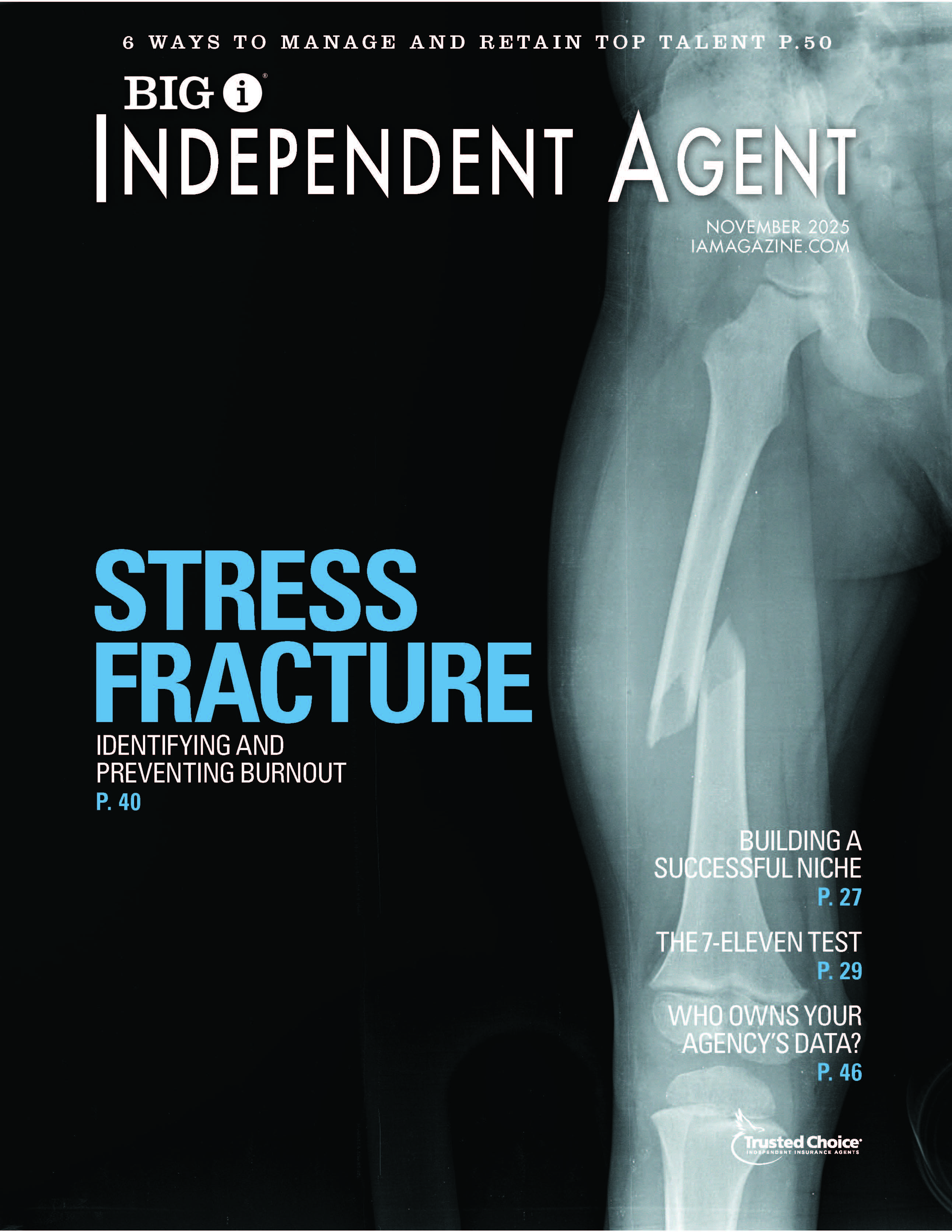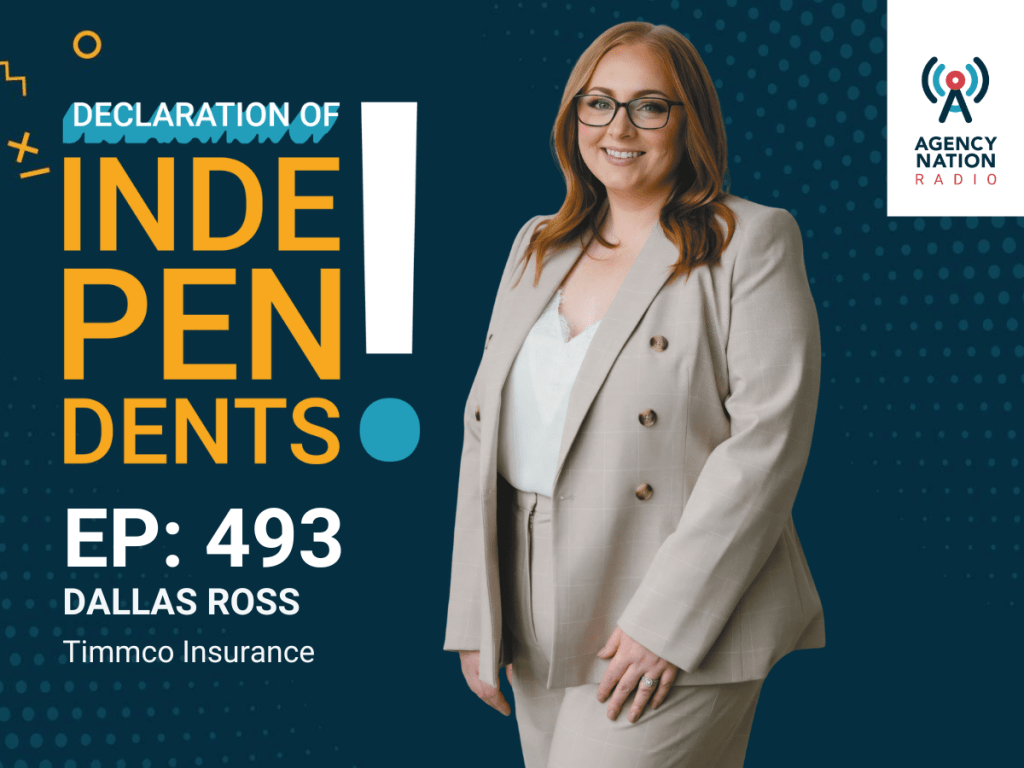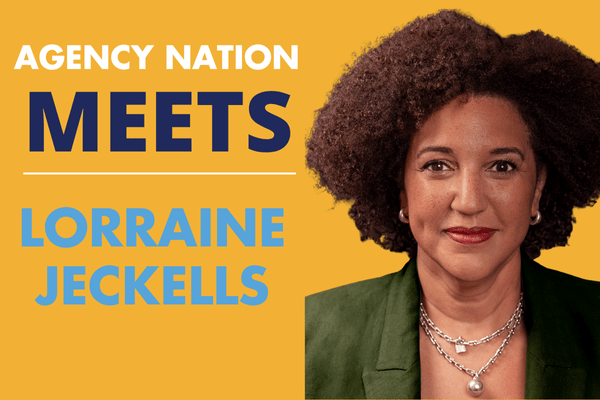Why Your Agency Should Have a Brand Enforcer

By: Laura Packard
Every piece of communication leaving your office, either physically or electronically, makes an impression on your clients. And because consistency is a brand’s best friend, you need someone in your agency to ensure all materials accurately align with your brand message, voice and tone.
Producing consistent content and marketing materials will make your brand feel more dependable and trustworthy. What’s the best way to ensure you’re upholding a strong image?
First, conduct a brand audit [see sidebar]. This will help you determine where your brand stands—not only among your clientele, but within the industry at large. Taking an honest look at your brand position may be difficult, and you may encounter some less-than-desirable truths. But a deep analysis into a customer’s journey will give you a fundamental understanding of what needs to change.
Once your audit is complete, it’s time to assign a dedicated brand enforcer. Without a level of accountability and an office-wide review system, different departments are likely to develop different standards—leading to inconsistency.
Make someone responsible for guaranteeing consistency in internal and external branding, and authorize this employee to create a unified voice across all communication platforms that aligns with your mission. To help the brand enforcer receive cooperation and not feel like the staff nag, explain the importance of their function to staff.
Brand enforcers can identify and address problem areas before they affect the bottom line—especially when it comes to your competitive standing in the market. When you’re armed with this information, you can re-strategize and better align your offerings—and investigate the potential of your brand so you can elevate your agency’s influence.
Making these types of changes will sharpen marketing communications, reinforce your brand’s position and ultimately grow your business.
Laura Packard is an IA contributor.
DIY Brand Audit1) Create an audit framework. Review your agency’s mission, strategic objectives, target consumers, industry landscape and overall marketing plan. 2) Get feedback. Conduct customer surveys that take all customer touchpoints into account and provide both quantitative and qualitative data. 3) Analyze analytics. How is your website doing? Are social media channels active? Are sales up? 4) Take action. Make a game plan and move forward. Monitor your results along the way. —L.P. |










